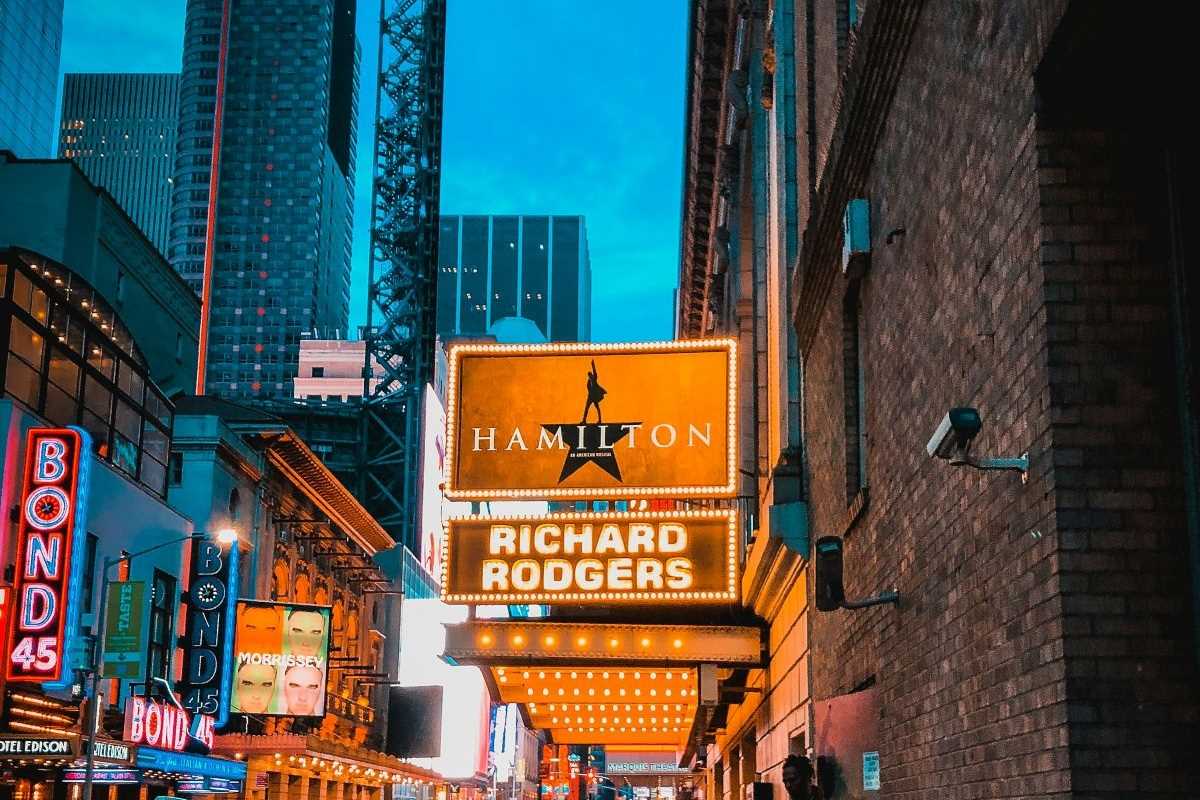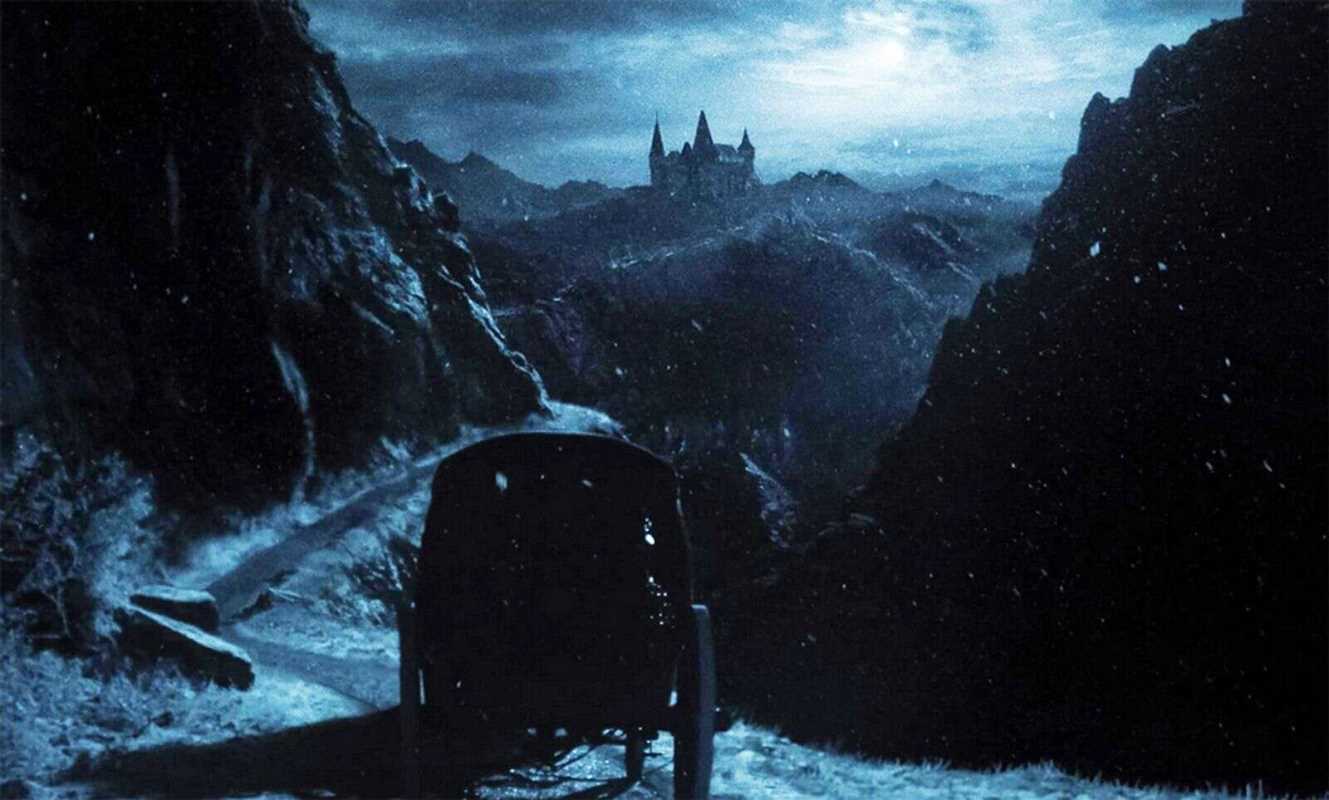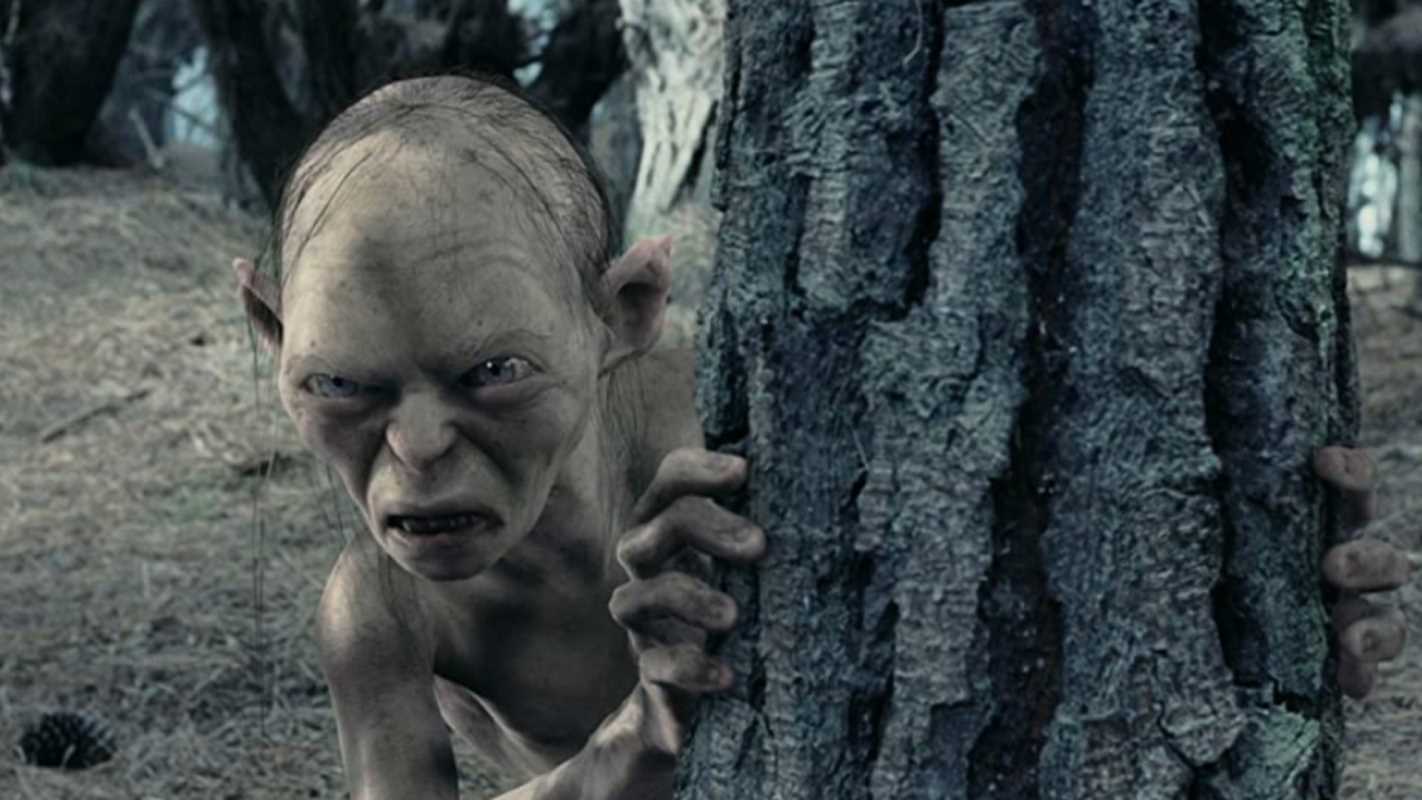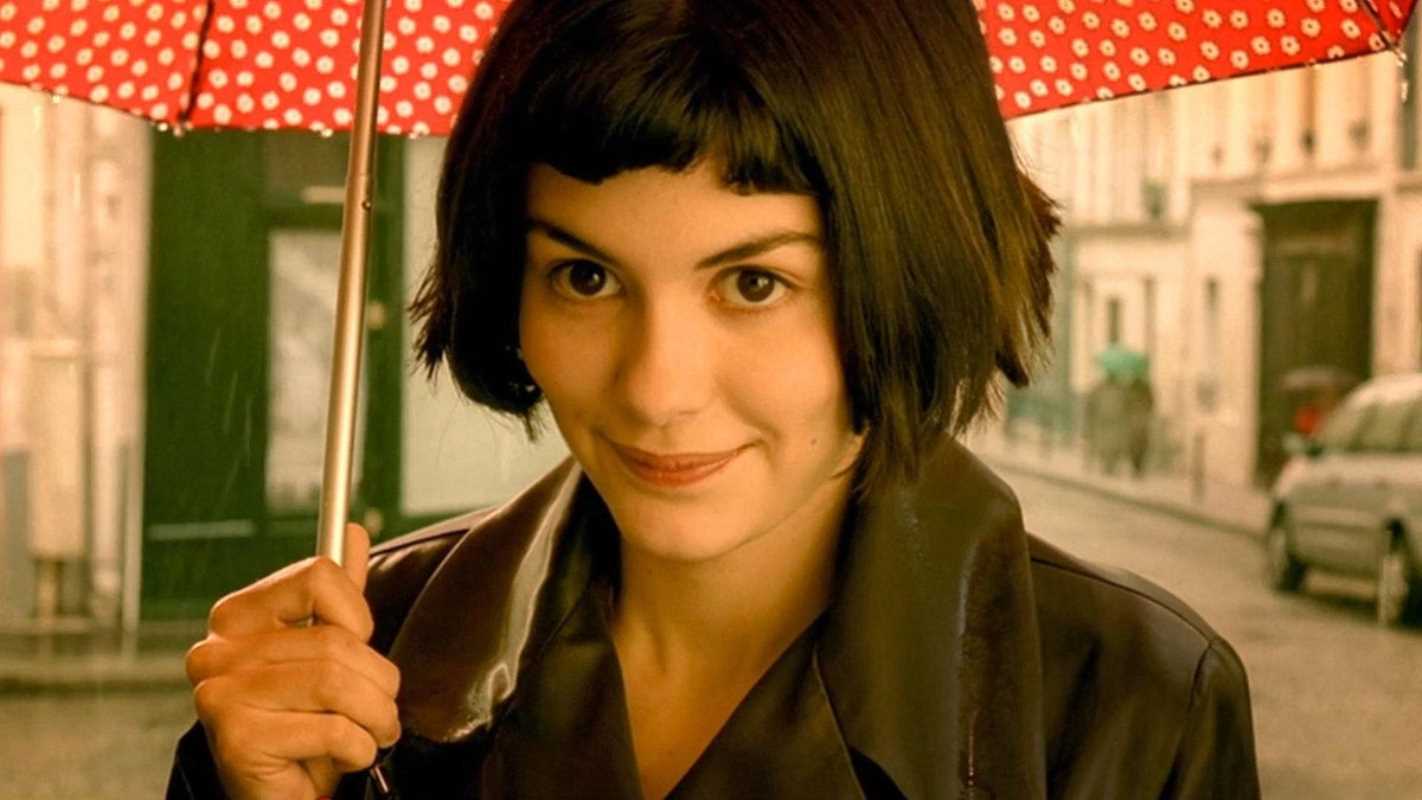Ever wondered how those breathtaking visuals in your favorite films and series are created? It's far from magic—it's a masterful blend of artistic vision and cutting-edge technology. From groundbreaking camera systems to sophisticated visual effects software, every element works in harmony. As we approach 2025, cinematography continues to evolve at an astonishing rate, pushing creative boundaries further than ever before. This rapid transformation makes it absolutely crucial for both emerging and established filmmakers to remain informed and adapt to these significant trends shaping the industry.
AI: Your New Creative Partner
Artificial intelligence (AI) is no longer a sci-fi concept; it's a tangible force reshaping filmmaking. By 2025, AI's influence is expected to redefine both creative and technical aspects of production, streamlining workflows, reducing costs, and democratizing high-quality content creation.
- Pre-production Power: AI tools are assisting with script analysis for narrative coherence, suggesting plot enhancements, and generating preliminary storyboards from text descriptions.
- On-Set Efficiency: AI-powered camera systems can automate tasks like adjusting focus, exposure, and framing, and use facial recognition for tracking actors, enabling complex scenes to be captured with greater accuracy.
- Post-production Prowess: This is where AI's impact is most evident. AI expedites editing by sorting footage, suggesting edits, and even assembling rough cuts. It also automates aspects of color grading, visual effects (like rotoscoping, motion tracking, and compositing), and sound design, including generating realistic background noises and mixing sound levels.
- Enhanced Visuals: AI allows filmmakers to create complex, photorealistic worlds and digital doubles, making actors look younger or recreating historical figures.
- Generative AI: Tools like OpenAI's Sora, Google DeepMind's Lumiere, MoonvalleyAI, Runway, and Google's Veo3 are enabling creators to quickly generate cinematic clips and scenes from text prompts, drastically cutting asset creation times for virtual environments.
While AI offers unprecedented creative control and efficiency, some concerns remain regarding job displacement, as AI can generate realistic visuals with speed and accuracy that would take humans months or years. However, many experts view AI as a tool to assist, not replace, human creativity, allowing filmmakers to focus on higher levels of artistic expression and storytelling.
Virtual Production and LED Volumes: Immersive Environments On-Set
Virtual Production (VP), particularly the use of LED walls and real-time rendering engines like Unreal Engine, is rapidly becoming a mainstream cinematography technique. The virtual production market is projected to grow from $3.37 billion in 2024 to $10.07 billion by 2032, indicating a significant industry shift.
- In-Camera Visual Effects (ICVFX): VP allows for the creation of realistic backgrounds and environments directly in-camera, reducing the need for extensive post-production work and enabling actors to interact with their virtual surroundings in real-time.
- Case Study: The Mandalorian: Disney's The Mandalorian is a prime example of successful LED volume implementation, creating the expansive Star Wars universe without traditional green screens. Other productions like The Book of Boba Fett, Obi-Wan Kenobi, Ahsoka, Andor, Barbie, The Irishman, The Batman, and Top Gun: Maverick have also used LED volumes.
- Budget Optimization: VP can genuinely optimize a film's budget and timeline by reducing travel and location costs, and offering greater control over lighting and visuals.
- VP 2.0: The industry is moving towards "VP 2.0," where virtual production is used for more than just driving plates, incorporating large set pieces with expansive backgrounds shot entirely in-camera. Amazon's series Every Minute Counts used an LED volume to project a city in ruins behind practical rubble.
- Accessibility: LED volume technology is becoming more modular, mobile, and affordable, making it accessible to mid-budget markets, independent films, commercials, and music videos. Production facilities like XR Studio, SV Studios, and Vū now offer these services.
- Unique Insight: Shooting Film on LED Volumes: The Prime Video series Fallout notably shot its LED wall scenes on 35mm film with anamorphic lenses, a less common approach for episodic projects heavily reliant on VP. This method resulted in a softer fall-off between foreground actors and virtual backgrounds, blending transitions more smoothly and capturing greater detail and dynamic range in film.
Sustainable Filmmaking: Going Green Behind the Scenes
With increasing environmental awareness, sustainable filmmaking is becoming a necessity, not just a trend. Guilds and entertainment organizations are championing initiatives to reduce the industry's carbon footprint.
- Practical Sustainable Practices:
- Pre-production: Planning green practices early, hiring an eco-manager or sustainability consultant, and prioritizing sustainable, recycled, or biodegradable materials for sets and props, with an emphasis on local sourcing.
- Production: Employing eco-friendly transportation, water-saving tactics, energy-efficient lighting, and renewable energy sources like solar panels or biofuel-powered generators on set.
- Waste Reduction: Implementing comprehensive recycling and composting programs on set and in production offices. Renting, reusing, and repurposing set pieces and costumes, and using screws instead of nails for easier material donation.
- Remote Work: Offering remote work opportunities to reduce commuting emissions and save on office space.
- Digital Workflows: Utilizing digital editing over traditional methods to cut down on paper waste and chemical usage. Apps like Scriptation are helping Hollywood go paperless by 2030, having already saved over 1.2 million gallons of water and 65,000 tons of paper.
- Certifications: Certification programs like the Albert Sustainable Production Certification (BAFTA) provide actionable guidance for promoting environmental awareness and fostering sustainable practices.
Advanced Camera Technology and Techniques
Innovations in camera technology continue to push creative boundaries, offering cinematographers more tools for visual storytelling.
- Recent Developments:
- Resolution and Sensors: 8K resolution is emerging as a new standard for unmatched detail, with new sensors offering ultra-high resolution and exceptional low-light performance.
- Lenses: Adaptive lenses enable seamless and rapid focal shifts, allowing for sharp shots across variable settings. Anamorphic lenses continue to be used for their distinctive widescreen look, unique flares, and bokeh, as seen in La La Land to evoke a nostalgic feel.
- Drones and Stabilization: AI-driven drones are becoming smarter, capable of automatically tracking subjects, adjusting camera angles in real-time, and avoiding obstacles. Swarm drone technology allows multiple drones to work together for complex, coordinated shots. Enhanced stabilization systems, including gyro mounts and micro-gimbal designs, enable smooth handheld footage.
- Volumetric Capture: This technology records three-dimensional performances from multiple angles, allowing actors to perform naturally without markers and suits, resulting in lifelike digital doubles and immersive VR experiences.
- Lighting: Modern LED lighting panels are increasingly capable of imitating natural light, allowing cinematographers to craft daylight and golden hour looks indoors with precise control over shadows.
Immersive Storytelling: Beyond the Screen
Virtual Reality (VR), Augmented Reality (AR), and Extended Reality (XR) are transforming how stories are told and experienced, moving audiences from passive observers to active participants.
- Trends in Immersive Experiences:
- VR Films and AR-Enhanced Screenings: Filmmakers are leveraging VR and AR to create location-based installations, VR films, and AR-enhanced cinema screenings that invite viewers to engage directly with narrative elements.
- Interactive Narratives: Immersive technologies allow audiences to choose their viewpoints and even shape outcomes, creating individual-specific experiences.
- Holographic Performances: The potential for holographic performances is growing, blending live-action and digital storytelling in unprecedented ways.
- Accessibility: As hardware becomes more affordable and user-friendly, immersive storytelling is poised to enter mainstream entertainment.
Color Grading: Setting the Mood and Tone
Color grading remains an essential part of post-production, with 2024 and 2025 seeing an even greater emphasis on achieving cinematic visuals and emotional impact.
- Dominant Color Grading Trends:
- Hyper-Realism: This style emphasizes natural tones, lifelike visuals, balanced skin tones, and authentic lighting, ideal for documentaries and narrative films that prioritize emotional connection and trust.
- HDR Mastery: High Dynamic Range (HDR) technology continues to gain traction, especially in commercial and branded content, enhancing contrast and color depth for visually striking images optimized for modern displays.
- Retro and Vintage Aesthetics: Nostalgia remains a powerful tool, with retro and vintage styles making a comeback, often with a modern twist. This includes warm sepia tones, grainy textures, and faded colors, popular in music videos and indie films.
- Bold and Vibrant Colors: On the opposite end, bold, highly saturated colors are trending, particularly in advertising, music videos, and fashion films, to make a statement and grab viewer attention.
- AI Assistance: AI-driven tools are increasingly used in color grading to analyze footage, suggest optimal adjustments, and ensure consistency across scenes, freeing up colorists for more creative work.
Filmmakers who embrace these trends will be well-positioned to create compelling, immersive, and impactful stories for modern audiences.
 (Image via
(Image via





